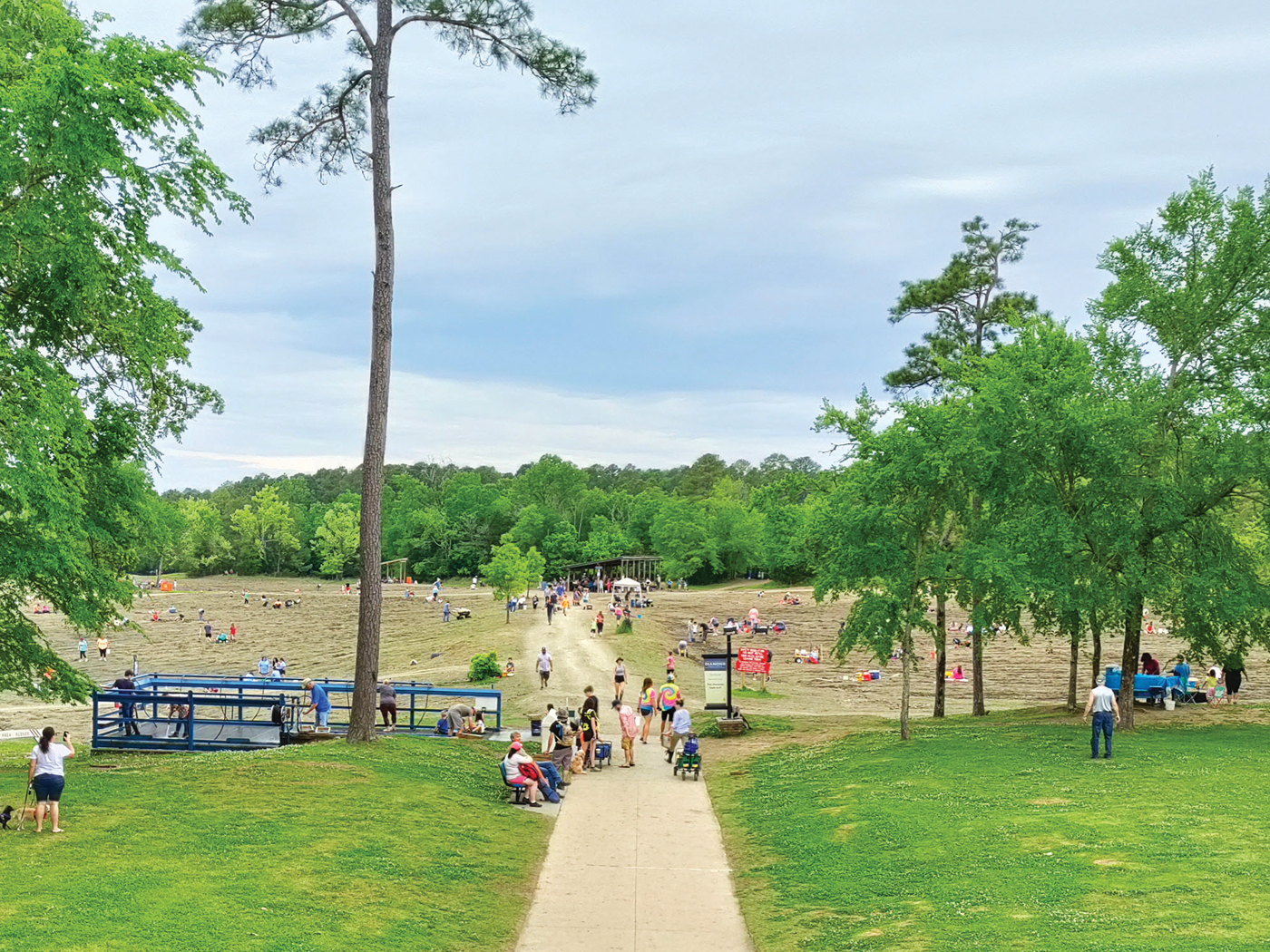Truth and consequences go together—how we handle a test of truth produces a consequence. Think what it must have been like when Joseph of the Old Testament, disguised as an Egyptian leader, put his brothers to the test, setting up Benjamin for potential imprisonment. How did the other brothers react to the crisis Joseph imposed upon them? Picture them squirming and sweating when their own brother challenged them in Genesis 42–44. Would they abandon their youngest brother Benjamin in his time of dire need and try to escape with an “every man for himself” attitude?
When people are put to the test, observers are curious about the outcome: Will there be success or failure? Will the global-warming alarmists be vindicated or humiliated? Will those parents give up on their wayward child or, like Motel 6, “leave the light on” for them? Will the Minnesota Vikings have another losing season? Will the teenager give in to peer pressure or stand for what is right? Will the trial witness shine with valiant veracity and careful consistency or crumble with unreliable inconsistency and deceptive duplicity?
What happens when God gives us the truth test?
God provides evidentiary proof of His creatorship to mankind. Some may think that they, like Pontius Pilate, are putting the Lord on trial as they decide what to do with His creation evidences, but they are the ones on trial—He is testing them.
When skeptics choke on the idea of acknowledging how creation proves God’s workmanship, He gives them over to a “debased mind” (Romans 1:28). There is a logical connection between disapproving God’s creatorship and being abandoned to a corrupted mind. That connection is rooted in a New Testament Greek verb, dokeô, because two words in Romans 1:28 derive from it:
And even as they did not like to retain [ouk edokimasan, literally “did not approve”] God in their knowledge, God gave them over to a debased [adokimon, literally “unapproving”] mind.
The common root verb, dokeô, means “to approve,” i.e., to accept the proof of. It denotes the following two-step process: 1) considering the available evidence and 2) accepting the truth of whatever the reliable evidence shows. In English, we have the related words “prove,” “proof,” “probate,” “probative,” “approve,” and “approbate.” Like the Greek, these terms point to mankind’s mental ability to reasonably recognize and weigh evidence, using analytical logic for arriving at sound evaluations. But this ability is corruptible and is damaged whenever the clear proof of God’s creatorship is irrationally disregarded.
Biblically speaking, a “debased mind” is a mind that can’t discern what is right, true, or good—it is morally corrupt and deprived of good judgment. The tragic and terrible reality is that being given over to a debased mind is not a punishment that follows death; it is a consequence in the here-and-now. So truth is exchanged for a lie, and good is exchanged for evil. In this “mental leprosy,” people lose the ability to recognize correct information even to the point of self-destruction.
Throughout this temporal life we often watch people put to the test regarding the proven truth of God’s creatorship. Beyond merely “honoring God with their lips,” will they genuinely honor God as Creator, or will they cave in to popular evolutionary worldview peer pressure? God tests everyone with His truth and its proof but provides all of the answers and evidence in His Word and His amazing creation.
Adapted from ICR’s School of Biblical Apologetics (SOBA) online program.
* Dr. Johnson is Associate Professor of Apologetics and Chief Academic Officer at the Institute for Creation Research.

















